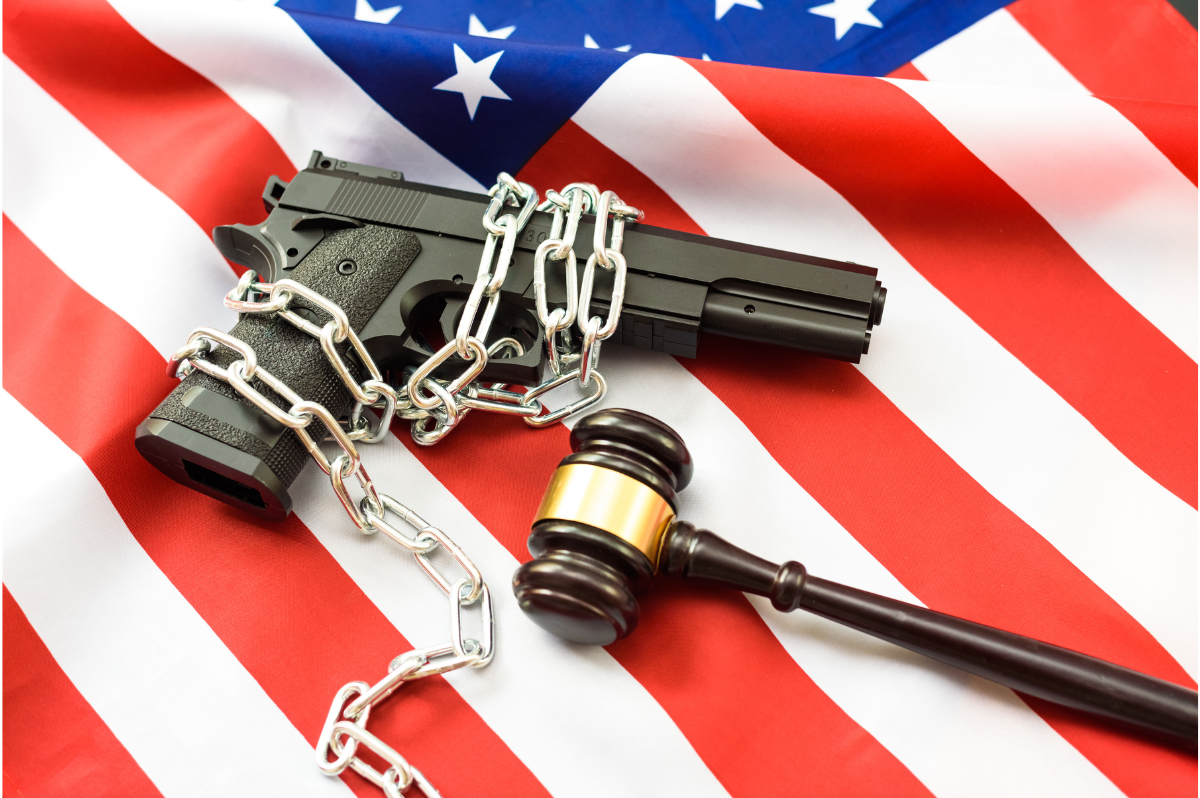
 0
0 
The United States firearm industry has long been an epicenter of both controversy and innovation. As we look towards the future, it’s evident that the industry is poised on the cusp of a new era, one marked by evolving technology, regulatory landscapes, and shifting cultural perceptions. This post will explore the trajectory of the firearm industry in the United States, considering various factors that are set to shape its path.
One of the most significant drivers of change will be advancements in technology. Smart gun technology, which includes biometric safes and personalized locks that ensure only authorized users can fire a gun, is expected to gain ground. Advocates argue that such technology will reduce accidental shootings and curtail unauthorized use, but there are hurdles to widespread adoption due to reliability concerns and resistance from certain gun owner communities.
The rise of 3D printing also presents both opportunities and challenges for the firearm industry. The ability to print firearms at home raises questions about regulation and enforcement while also stirring the debate on gun rights and the Second Amendment. The industry may see a push towards advanced materials and manufacturing techniques such as metal sintering, which could revolutionize gun production processes.
Regulations are an ever-present aspect of the firearm industry. The political landscape significantly influences the regulatory environment, and as such, the future here remains uncertain. Gun control advocates are pushing for stricter laws on background checks, waiting periods, and the sort of weapons that can be lawfully purchased. In contrast, gun rights activists maintain that such restrictions infringe upon constitutional rights.
Federal and state regulations will continue to play a pivotal role in shaping the market by influencing the ease with which consumers can purchase firearms and the types of firearms that manufacturers can legally produce and sell.
The social and cultural context surrounding gun ownership in America is complex and deeply rooted in the nation’s history. However, public sentiment is a variable factor that can shift the industry’s direction. Increasing public concern about gun violence, particularly in the wake of high-profile mass shootings, could result in more demands for industry regulation and responsible ownership initiatives.
Conversely, there is a robust segment of the population that sees firearm ownership as a fundamental right and part of American heritage, underscoring the enduring demand for firearms for self-defense, sport, and collection purposes.
Economic indicators are also key to forecasting the industry’s future. The firearm industry contributes significantly to the American economy, with jobs, taxes, and trade reliant on its stability and growth. Changes in the economic climate can affect consumer spending power, which in turn impacts firearm sales and manufacturing. Additionally, international trade agreements and tariffs can alter the competitive landscape, making imports more attractive or protecting domestic manufacturers.
As the firearm industry navigates these multi-faceted dynamics, entities within the industry will need to adapt. We may anticipate seeing more significant investments in R&D for safety features, a shift towards modular designs allowing for personalization and easier compliance with potential new laws, and an emphasis on community and educational initiatives aimed at promoting safe and responsible gun ownership.
Furthermore, companies within the sector will have to engage in the political process, advocate for their positions, and find common ground with regulators and the public to ensure their longevity and prosperity. Transparency and ethical business practices will become even more crucial in building trust and a sustainable path forward.
In conclusion, the future of the firearm industry in the United States will be shaped by a complex interplay of innovation, regulation, culture, and economics. The industry is likely to experience significant changes, adapting to the evolving demands and expectations of a society that continues to reflect on the role firearms play within it. Only by acknowledging and responding to these forces can the firearm industry hope to thrive in the coming years.

 0
0